The Friendship Oblong Baking Dish was offered as "Special Offer" for $1.99, with an item number of 933-45. The 933 represents the model number of the dish while the suffix 45 is the product code for the Friendship pattern. Often "Special Offer" items were offered by Corning as door buster sale items for department stores. To keep costs low, the pattern was only printed in one color. Newspaper advertisements indicate the dish was offer in the summer of 1972. (See The Miami Herald, July 6, 1972, page 106 and the Fort Lauderdale News, July 5, 1972, page 124).
|
The Friendship Oblong Baking Dish was previously somewhat of a mystery. The dish does not appear in Corning Product Catalogs during the era that the Friendship pattern was produced: 1971-1974. The dish is also unique in that the pattern was only printed in one color, red, rather than the two-color pattern in red and orange. These features have led researchers to conclude that the dish was produced as a promotional item or for a catalog program (e.g., S&H Green Stamps). Recently, eBay seller "thelategreats" found a dish with the original label which solves the mystery.
The Friendship Oblong Baking Dish was offered as "Special Offer" for $1.99, with an item number of 933-45. The 933 represents the model number of the dish while the suffix 45 is the product code for the Friendship pattern. Often "Special Offer" items were offered by Corning as door buster sale items for department stores. To keep costs low, the pattern was only printed in one color. Newspaper advertisements indicate the dish was offer in the summer of 1972. (See The Miami Herald, July 6, 1972, page 106 and the Fort Lauderdale News, July 5, 1972, page 124).
In many cases, restaurants used a standard pattern to purchase open stock (non-customized) dinnerware of smaller items, such as cups, mugs, saucers, bowls, and bread plates. The establishment would then invest in a customized version for larger plates and platters since the minimum order quantity was 100 dozen. Prior to ordering, Corning could provide a sample plate using handpaints or transadhesvies at no charge.
Al Dowd’s Steak Houses was established in 1965 in New York. The chain had at least four locations in Long Island, New York, that operated through the 1990s. The restaurant was affiliated with Dan Dowd’s and Manero’s Steak Houses which operated in New Jersey, Connecticut, and Florida.
The Rodger Young Auditorium was a banquet hall located at 936 West Washington Boulevard in Los Angeles, California, that operated from 1946 through 1978. At its height of operation, the establishment had 22 banquet rooms and seating capacity for 2,500 people.
The mini-creamers (item number 722) were introduced by Corning in 1961 to match restaurant-ware patterns. Later, in 1974, Corning added the creamer to its "Pyrex Compatibles" product line to match four popular Corelle Livingware patterns: Spring Blossom Green, Butterfly Gold, Snowflake Blue, and Old Town Blue. When sold as part of the Pyrex Compatibles product line, the creamer included a covered sugar bowl (item number 714). In commercial restaurant-ware patterns, the mini-creamer was available in many patterns offered from 1961-1975: Turquoise, Emerald (Green), and Ruby (Red) Bands; Grecian (Gray), Bluegrass (Blue), Revel (Red), and Fern Green Florals; Copper Filigree; Regency; Autumn Bands; Lancaster; and Tiburon.
The mini-creamer does not appear on price lists during this time period for Ruby Scroll, Green Leaf, Chariot, Bronze, Sapphire/Aegean, Nile, Ebony, Champagne, Cherry, or White. For these patterns the creamer was apparently offered as a special order item since some mini-creamers in these patterns have been found. Mini-creamers were discontinued in 1975. The bright red and orange design of the Friendship pattern makes it a favorite among many collectors. When launched in 1971, the 3 Piece Bake, Serve, and Store Set (470 Set) and 3 Piece Casserole Set (480 Set) included clear lids with the Friendship pattern. The lids were changed to opal with the Friendship design in mid-1972 until the pattern was discontinued in 1974.
Coincidentally, I had just purchased a Friendship 470 3 Pc. Set with opal lids, which included the original box, the weekend before at a small antique shop. This set had the single red flourish.
The company operated under the name Supplee, Biddle, and Steltz from 1949 through 1960. In 1953, the company registered the trademark for the "Dainty Maid" brand to market their housewares and glass products (trademark registration 0593852).
This new information provides the official name for the casserole as "Oven-Proof Covered 2 1/2 Qt. Casserole with Serving Stand." It also confirms the validity of the date estimate given in Pyrex Passion as ca 1958-1959. 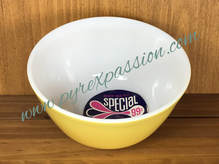 402 Yellow Mixing Bowl with label. 402 Yellow Mixing Bowl with label. One of the fun aspects of collecting opal Pyrex is being constantly surprised when never-seen-before items are rediscovered. Some re-discovered items, like a new prototype pattern, are easy to spot for avid collectors. But some unique items are more subtle and may go unnoticed. Such is the case of this Yellow 402 Mixing Bowl with the original label. Many things caught my eye with this item: 1) it was odd that this yellow 402 had a label attached, since the only yellow 402 was sold as part of 3-piece and 4-piece sets in the late 1950s through early 1960s and individual bowls didn't have a label, 2) the label design looked like it was from the late 60s/early 70s, and 3) the yellow color wasn't bright and vivid like the yellow on the 3-piece and 4-piece Bright Yellow sets. It was definitely an oddity. In fact, the yellow color was unique and unlike any of the other yellow mixing bowls offered by Corning throughout the years. Dating the Bowl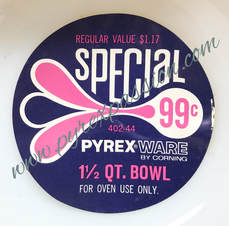 The original label provides the necessary clues to date the bowl to 1970. Price - The bowl had a special price of 99 cents, but the "regular value" price was $1.17. The regular value price matches the price of the 402 bowl in replacement parts lists from 1970 Corning catalogs. Item Number and Suffix - The item number (402) is not surprising since it's a 402 mixing bowl. However, Corning used unique suffixes to distinguish each pattern and/or color in their product line. On this bowl, the suffix is "-44" which was previously undocumented. Since Corning used a progressive numbering scheme for suffixes, -44 would date the bowl's release between Horizon Blue (released in mid-1969) and Friendship (released in early 1971).
Update 1/10/2018 This item appears in numerous newspaper ads in mid/late 1970, along with an individually sold 401 bowl in the same color. In ads, the name of the color is most often referred to as "Gold" although "Yellow" is sometimes used. The items were advertised as a special "Bowl-a-Rama" promotion. Corning produced three "Gourmet" casseroles with similar designs in the 1960s on the round 2 1/2 Qt. casserole (475). One version has been well-documented while the exact dates of production and distribution methods for the other two versions were vague and anecdotal until recently. Gourmet Promotional Casserole (U.S.) 1961-1962The most commonly found casserole was made in Bluebelle/Delphite Blue, rather than plain opal. The exterior was painted white with a gold stem and leaf design around the circumference (see photo above, left). The casserole included a four-legged cradle with candle-warmer and flat wooden handles. This version appears in Corning distributor catalogs and advertisements as a promotional item in late 1961 through early 1962. Officially, the casserole was named, "Gourmet Casserole 2 1/2 Qt. with Candle Warmer," Item No. 56. Gourmet Black & White Casserole (U.S.) 1961-1962
Gourmet Yellow & Gold Casserole (Canada) 1968The third version of the Gourmet casserole was produced in opal with a gold stem and leaf design on yellow (see topmost photo, upper right). For many years, collectors have noticed that the majority of these casseroles were found in Canada, leading most to believe this item was produced exclusively for the Canadian market even though the back stamp reads "Made in USA."
Based on recent discussions with a collector, it turns out this casserole was, in fact, available exclusively in Canada since the box was marked Corning Glass Works of Canada, LTD, Toronto, Ontario. Most surprisingly, however, were two new pieces of information that came to light. The first surprise was that the Canadian Gourmet came with an oblong walnut serving tray rather than a cradle with candle warmer. The official name was "80 oz. Gourmet Round Casserole with Walnut Serving Tray." The second surprise was that the Canadian Gourmet casserole was offered as a promotional item many years after the U.S. versions. The box reveals the item number for the Canadian Gourmet was 6268. Assuming the same numbering conventions were used as in the U.S., the last two digits provide the year of release as 1968.
However, the 1 1/2 Qt. oval casserole (043) in yellow is an exception. This was the only 043 manufactured in solid yellow throughout all years of opal Pyrex production. If you happen to find a yellow 043 casserole, rest assured it's a great find and a genuine Town and Country solid-colored casserole.
|
Article Categories
All
Archives
September 2023
|
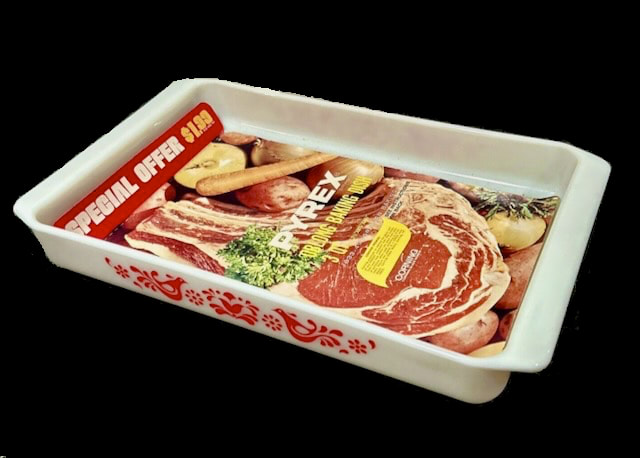
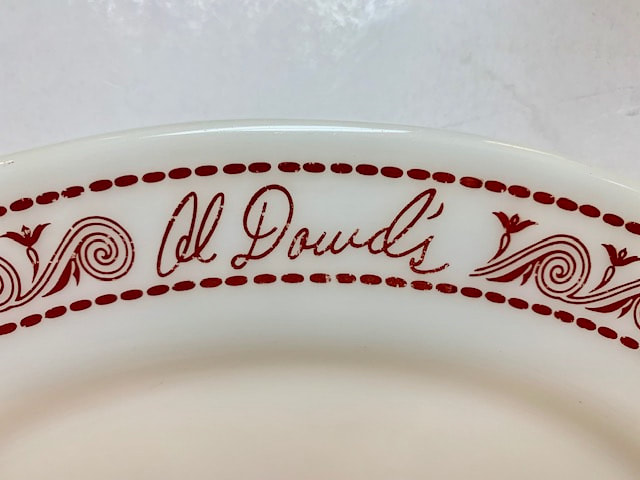
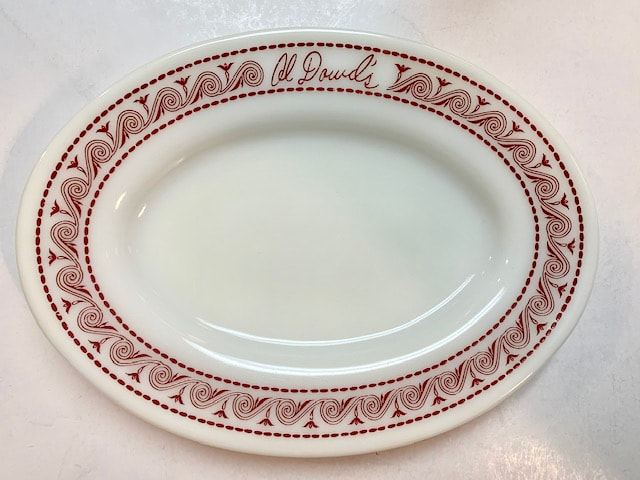
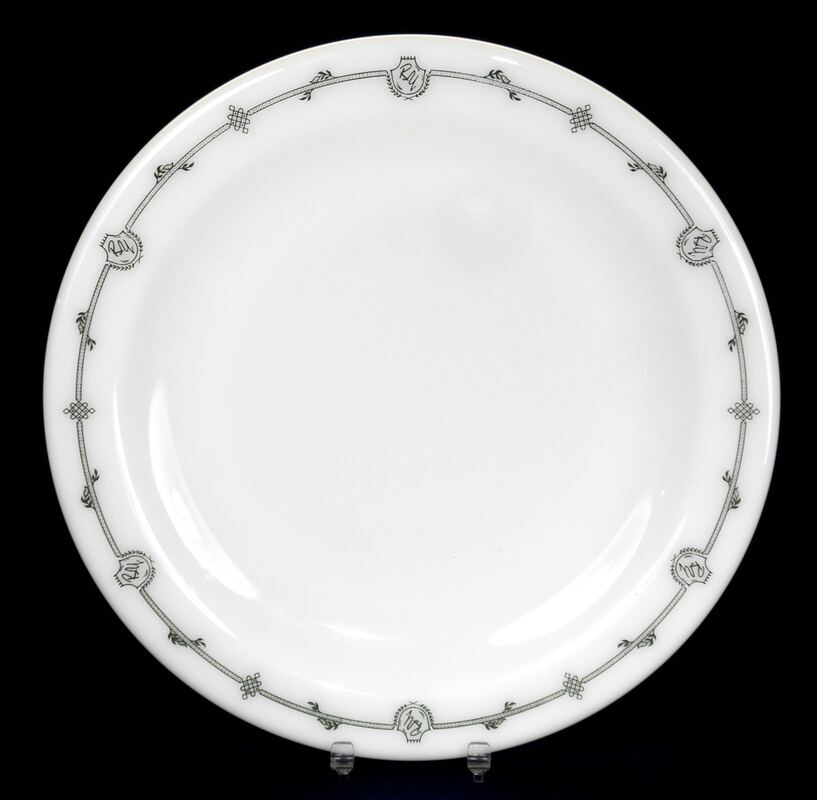
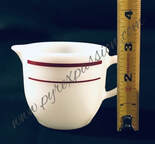

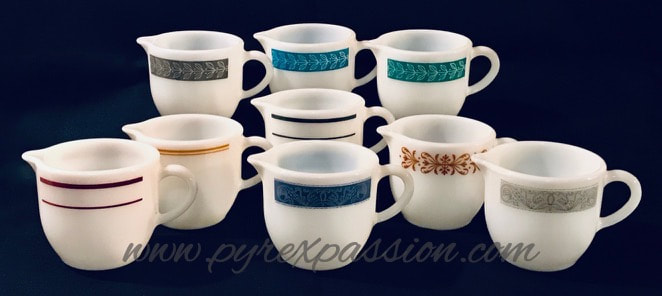
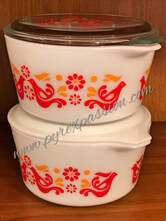


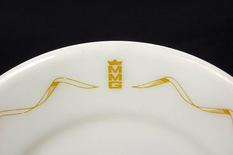
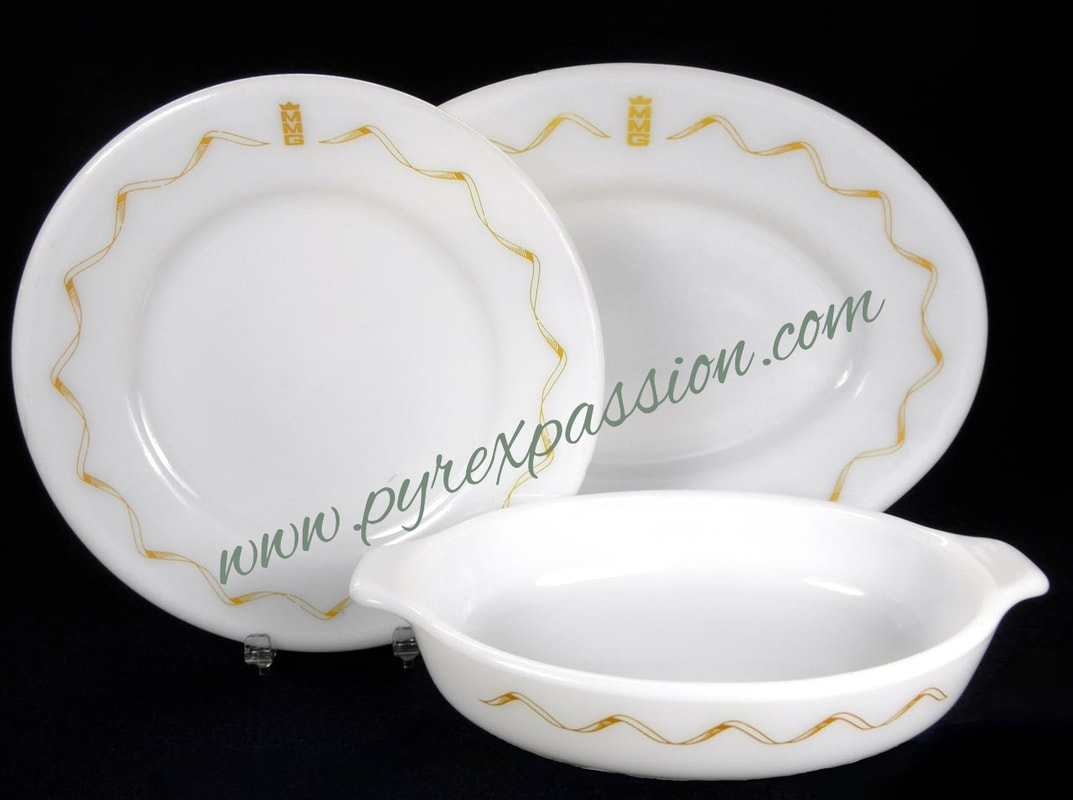
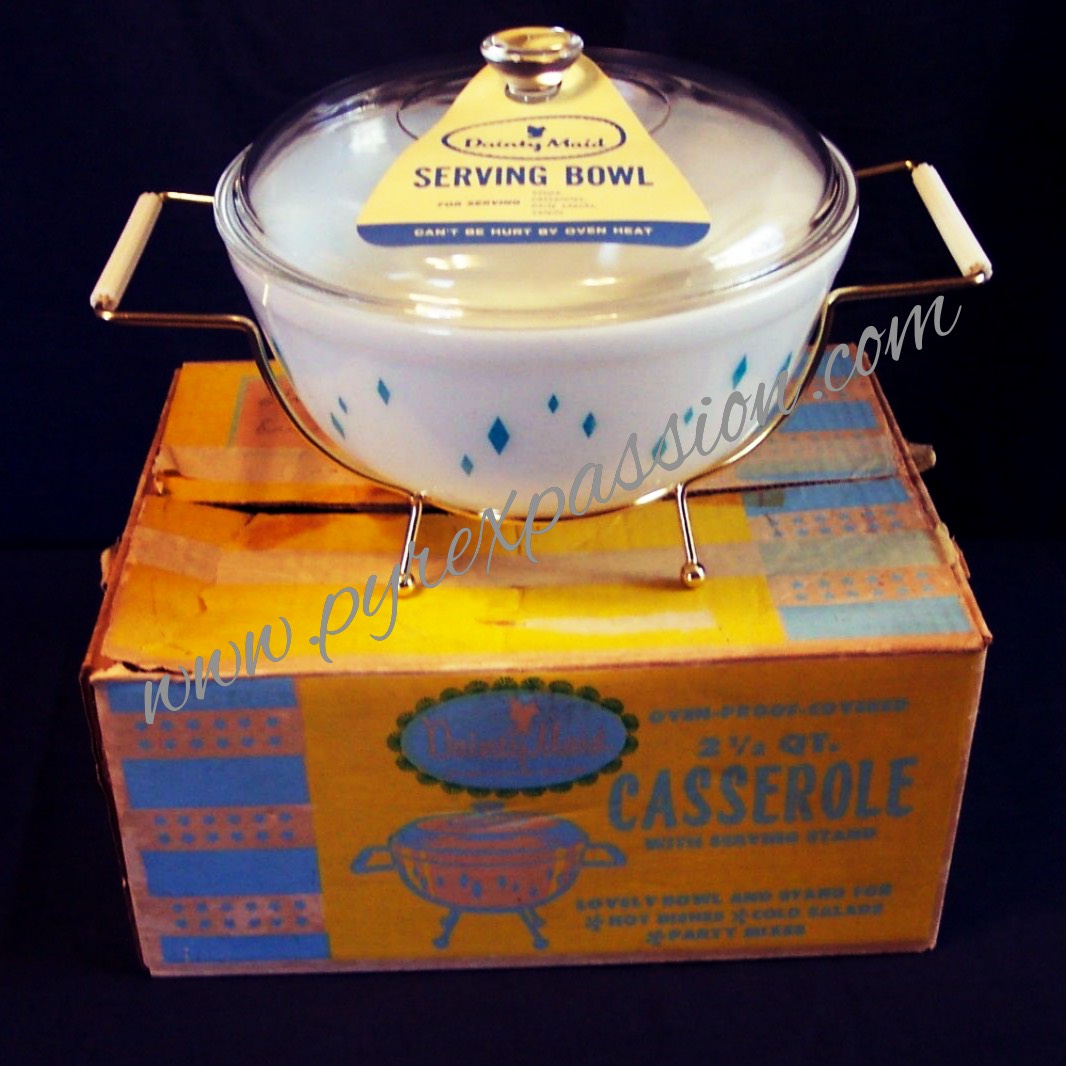
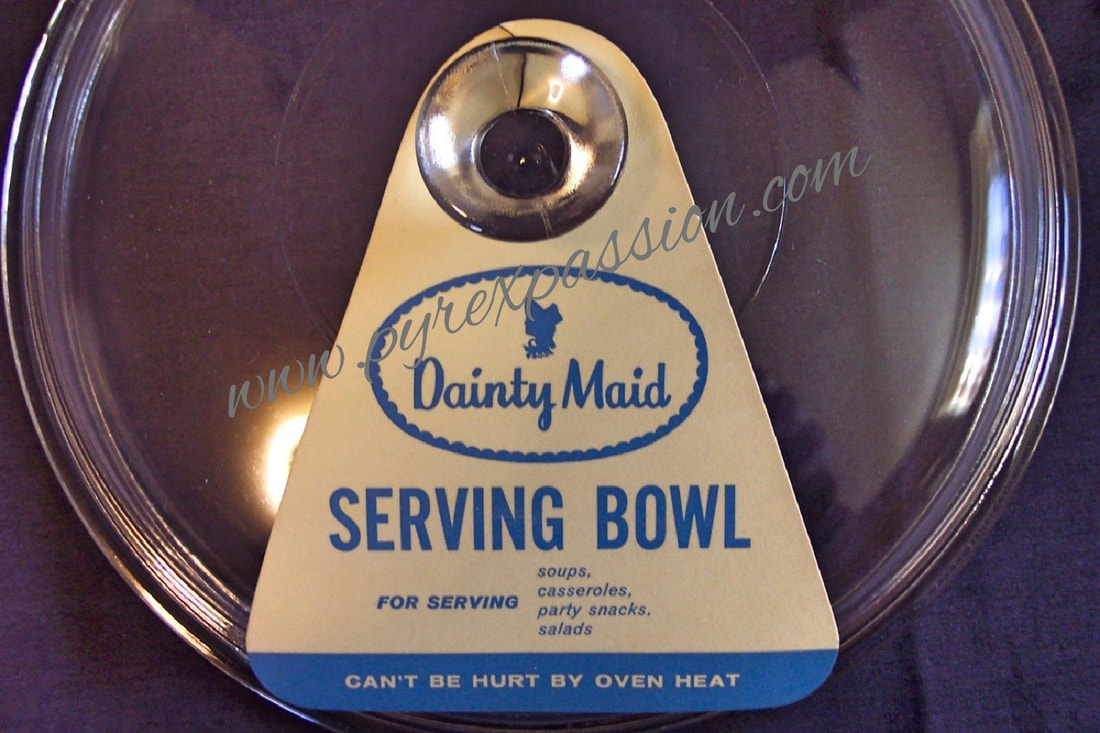
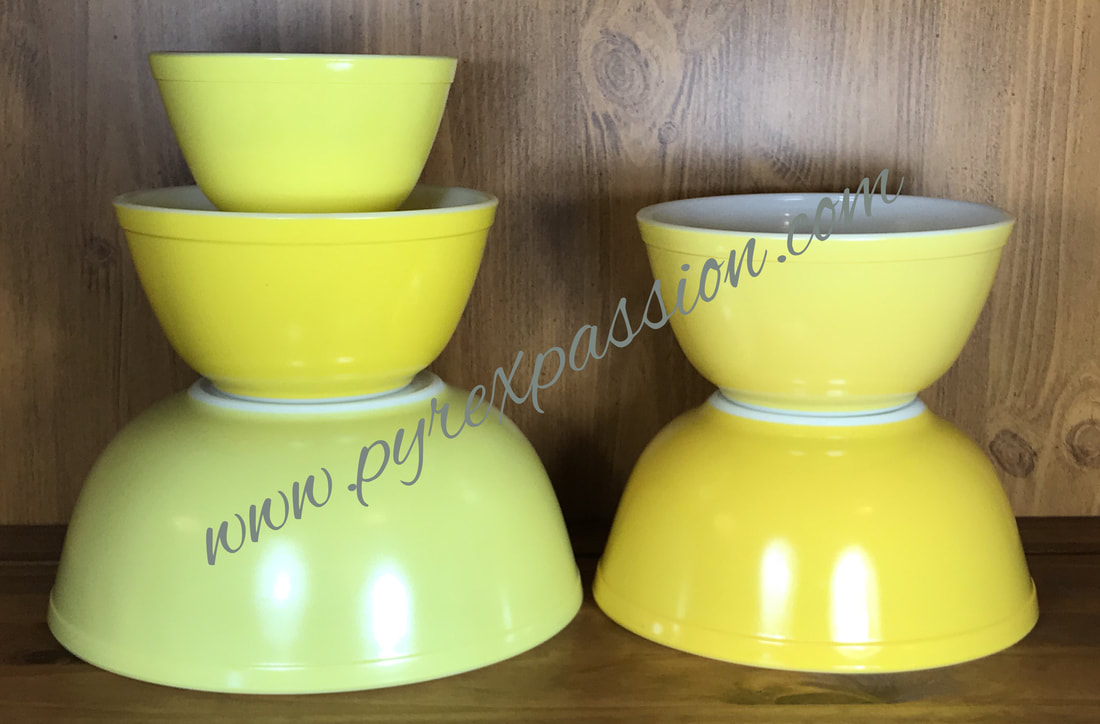
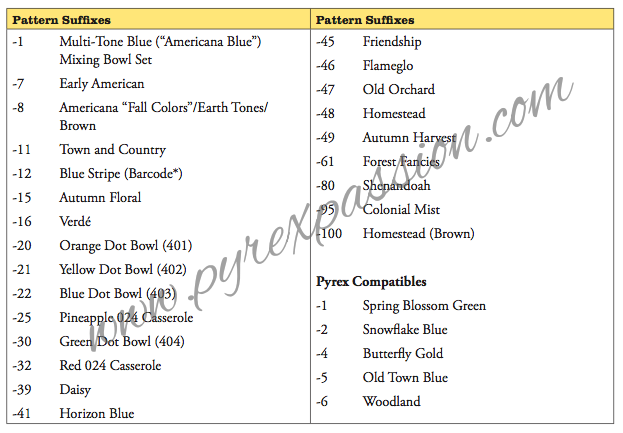
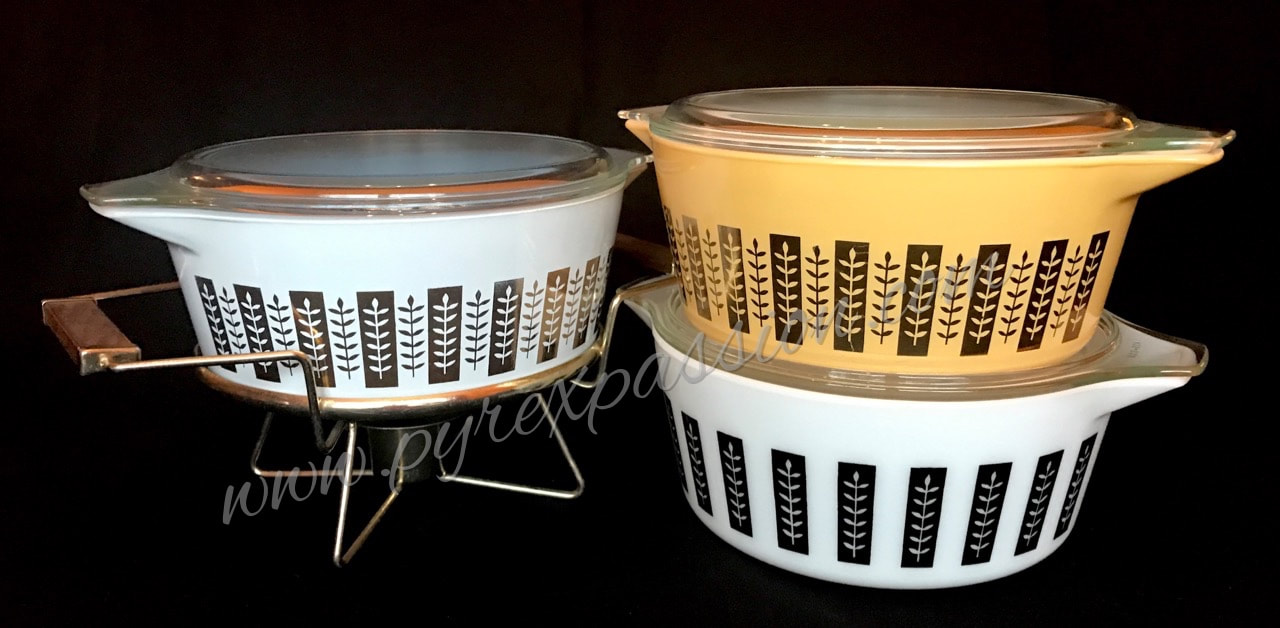
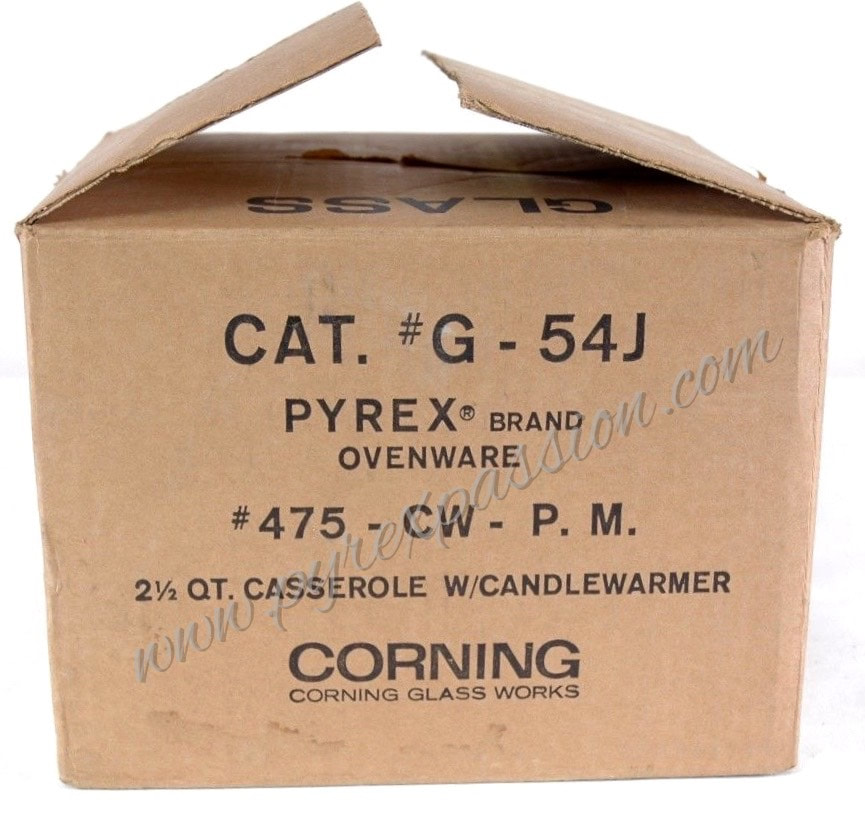
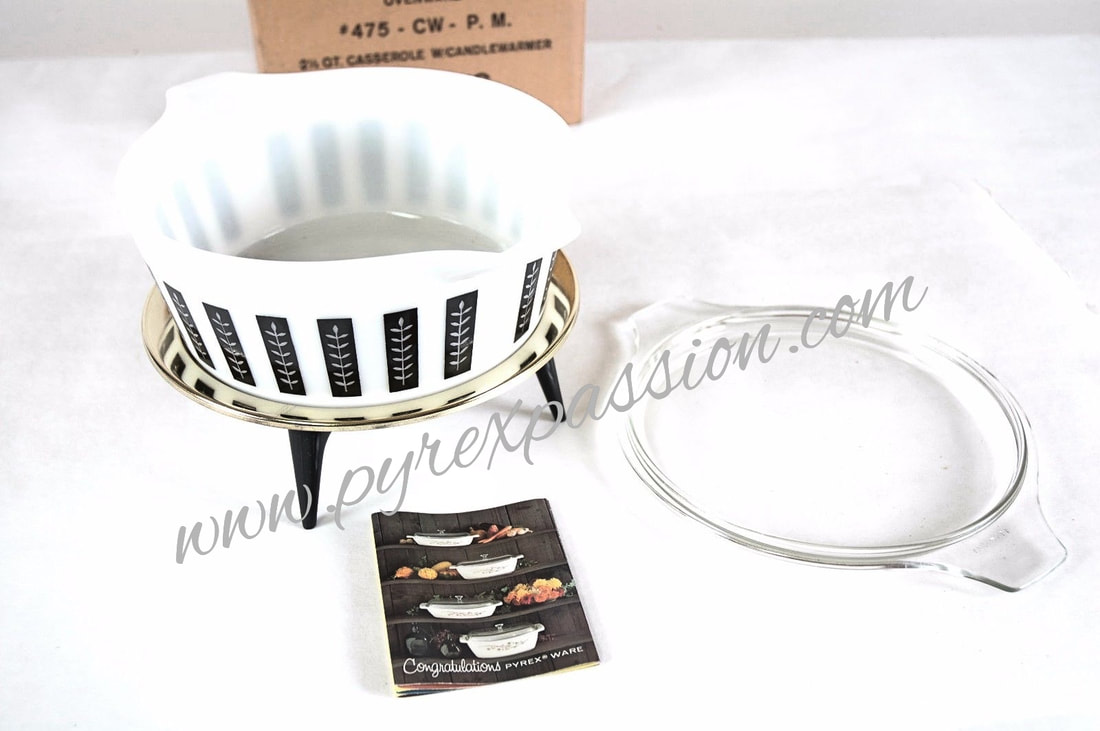
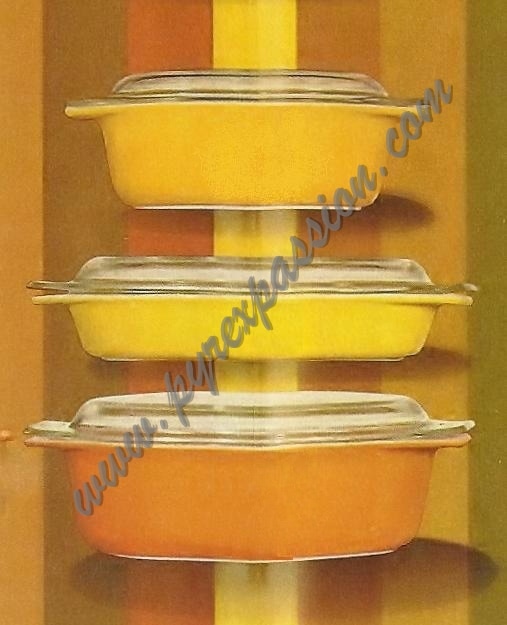
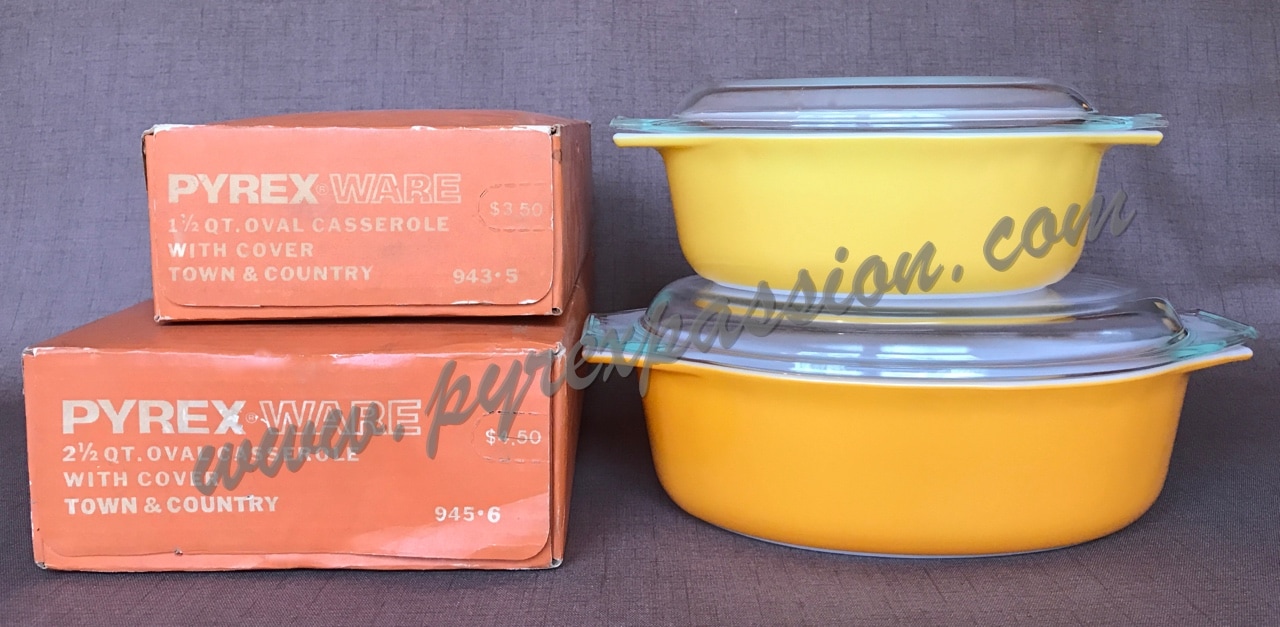
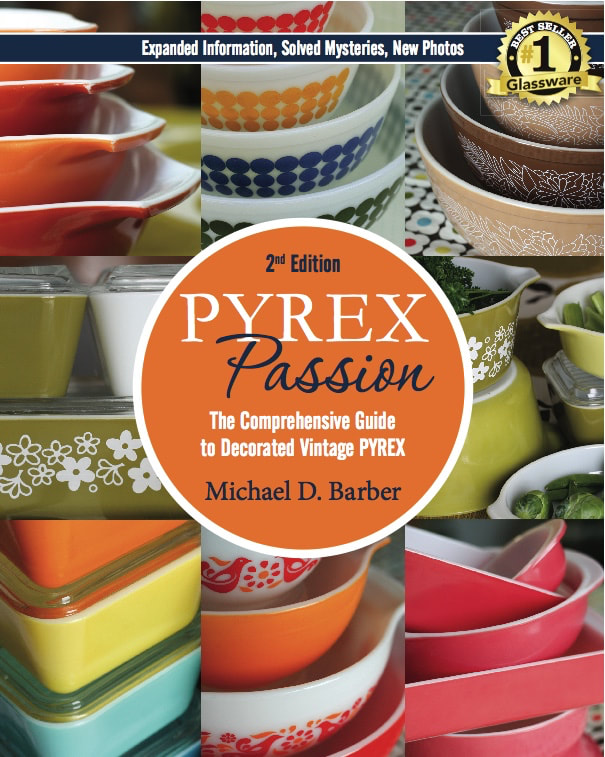
 RSS Feed
RSS Feed